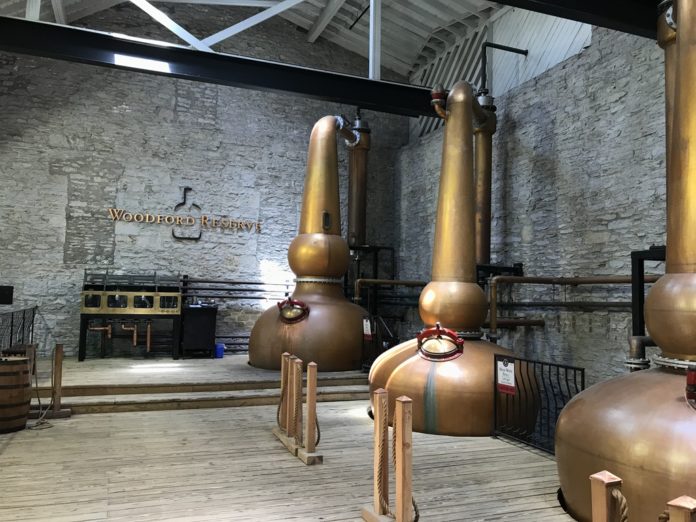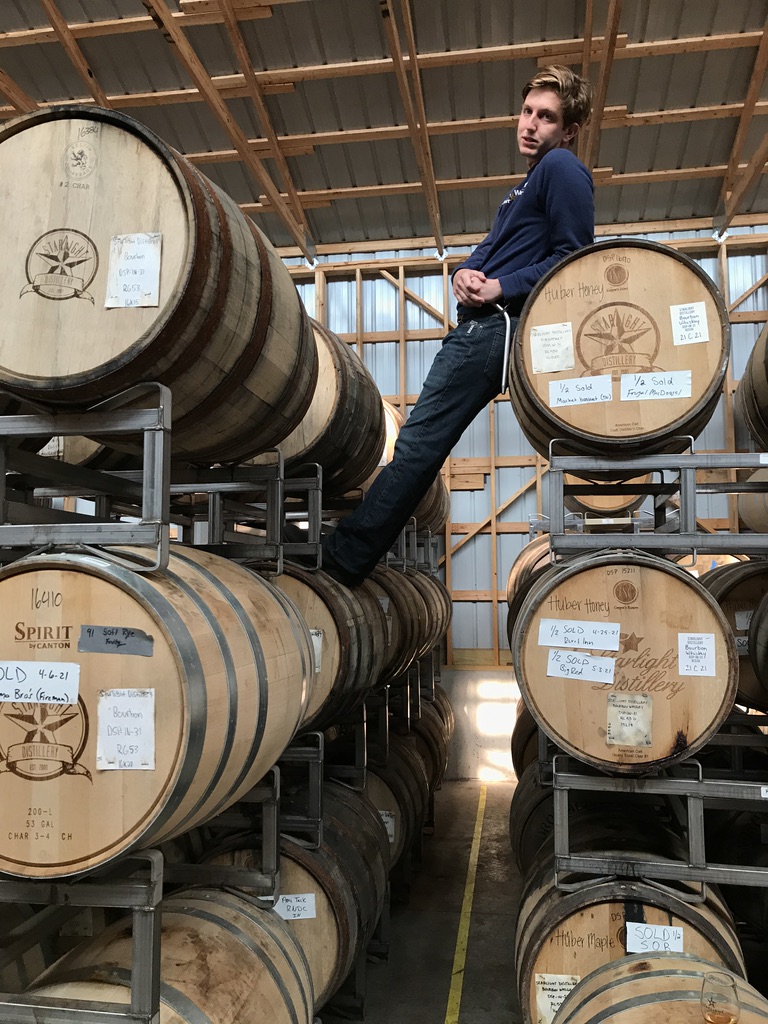Louisville tourism is primed to explode. As Covid-19 recedes, Buffalo Trace, Heaven Hill, Woodford Reserve and other distilleries have prepared for huge waves of visitors in the years ahead. I visited Bourbon Country myself in May, and left with this takeaway: Louisville is looking well beyond the pandemic.
What does the city see? After visiting eight distilleries in four days (plus a slew of breweries and restaurants, including, yes, multiple Waffle Houses), the future of Kentucky distilling becomes clear: massive tourism and expansion is on the horizon.
The Louisville Tourism Boom Begins
We have entered a new phase of Louisville tourism. What was already a healthy industry is ready to reach significantly higher levels of activity. Bourbon Country is becoming Walt Disney World.
Even in the final stages of Covid-19, millions of whiskey fans flocked to Kentucky for its famous distilleries. Tours are already booked solid for months ahead. During my trip I witnessed multiple busloads of tourists turned away from major distilleries for lack of reservation.
You can no longer just walk into to Louisville. Each morning, people lined up outside of distillery gift shops, hours before opening, hoping to score rare bottles. Show up on time and you have no chance.
Bachelor and bachelorette parties have also become a common sight. Distilleries have prepared accordingly. During the lulls of last year, most producers significantly beefed up their visitor facilities. These have evolved from small whiskey museums into hands-on, high-tech, high-class experiences.
Buffalo Trace recently quadrupled the size of their visitor center. Bardstown Bourbon Co. built a fully functional bar into one of their rickhouses. Inside Rabbit Hole, it feels like walking into a Cubist painting of stills, stairs and mash cookers set at odd angles. Heaven Hill is amidst a massive renovation that’s reimagined their visitor center as a 360-degree experience — like a World’s Fair exhibit, or Epcot.
Louisville is the next Field of Dreams. If you build it, they will come. Distilleries have readied for the masses.
They’re correct to do so. The modern brown spirits boom has created countless new fans who only recently developed deep interest in whiskey. These folks arrive in Louisville wide-eyed and eager-minded. They’re thirsty for experience and education.
In other words: This is about more than scratching your post-Covid travel itch. Distilleries have set up for the next decade, and likely beyond. Whiskey fans pack into buses and vans that stop at every distillery on the map — like visitors rolling through the wineries of Napa and Sonoma.
And like wine country, Louisville offers more than just alcohol tours and tastings. The city has its southern history, excellent food and cocktails, a hipster element in Nulu Neighborhood, and world-class attractions like Churchill Downs and the Louisville Slugger Museum & Factory. Downtown, Whiskey Row provides a taste of what you’ll find out in Bourbon Country, as distilleries build out for the booming tourism and whiskey demand ahead.
Buffalo Trace
If Bourbon Country is Walt Disney World, then Buffalo Trace is the Magical Kingdom. The place where whiskey dreams come true.
With brands like Blanton’s, Weller, E.H. Taylor and more, Buffalo Trace defines modern whiskey more than any other distillery. It’s also the longest continually running distillery in America, with a colorful history dating back to 1792 — 16 years after the signing of the Declaration of Independence.
The Buffalo Trace visitor center taps heavily into that history. Enormous, presidential-like pictures of famous executives — Edmund H. Taylor, George T. Stagg, Albert Blanton, Elmer T. Lee — line one hallway in the cavernous building. On the other side, a long row of tasting rooms each host a dozen or so guests at a time.
The sprawling campus is a historical site, sporting physical portals into the past. Here’s Warehouse H, the metal-clad home of Blanton’s, built in 1935. Here’s Warehouse C, constructed in 1881, which famously survived a tornado in 2006. Here’s Col. E.H. Taylor Jr.’s original fermenters, which date back to 1883, and run again today.
The facility is also amidst a $1.2 billion infrastructure investment. This includes 10 additional warehouses up the hill, above the distillery, on former farmland. Each new rickhouse has a capacity of 58,800 barrels.
Buffalo Trace also has plans for an additional continuously operating still. Filling 1,000 to 1,200 barrels per day, this will double the facility’s daily output. This requires more alcohol, to the tune of 14 new 20,000-gallon mash cookers, and 24 92,000-gallon fermentation tanks.
Construction is expected to conclude by the end of 2022.

Barton 1792
With popular brands like Barton 1792 Full Proof and Sweet Wheat, Barton 1792 Distillery has recently expanded to meet rising demand. The number of fermentation tanks grew from 13 to 17 in the past two years. The distillery also added a new 53,000-barrel warehouse, with two more on pace to open by end of 2021.
Discussions are ongoing about whether to restart gin and vodka production at this historical distillery. So too is Barton 1792 considering larger distribution for its Chocolate Bourbon Ball Cream Liqueur. Launched in 2016, the liqueur is currently only available at the gift shop.
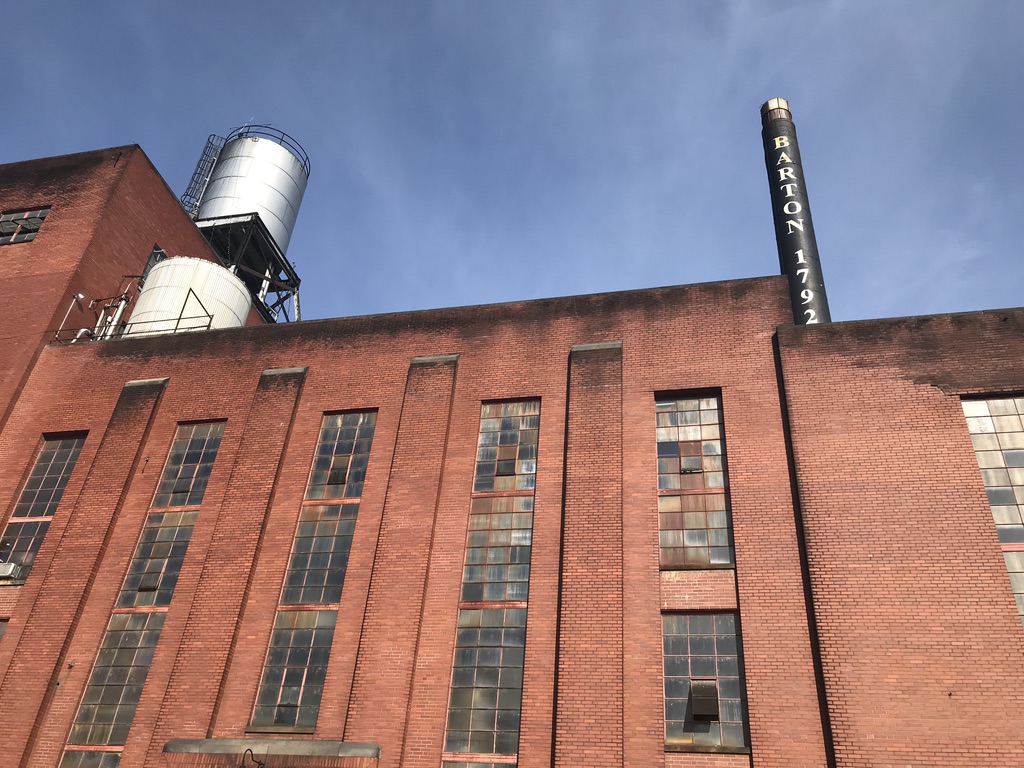
Heaven Hill
The huge visitor center under construction at Heaven Hill Distillery is a clear look into Louisville’s future. A hardhat tour revealed a theme park-esque experience that leads fans through multiple rooms of moving video shows, historical exhibits and hands-on whiskey blending.
Three years in the making, the ribbon cutting is set for June 14. The upstairs space is a country club bar and event space large enough for wedding parties. Guests get a sweeping view of the white-and-black rick houses built among the low grass beyond.
The company recently finished work on five new warehouses — with 50,000 barrels each. One stands opposite the Heaven Hill Bourbon Experience. Giant glass windows built into one side give visitors a peak at the slow-moving magic within.
Ten more warehouses of similar size are planned for the future. Heaven Hill is already the fourth-largest whiskey supplier in America by volume. As brands like Elijah Craig, Old Fitzgerald and Larceny continue to accumulate new fans, this company and its Kentucky sites are poised for further explosive growth.
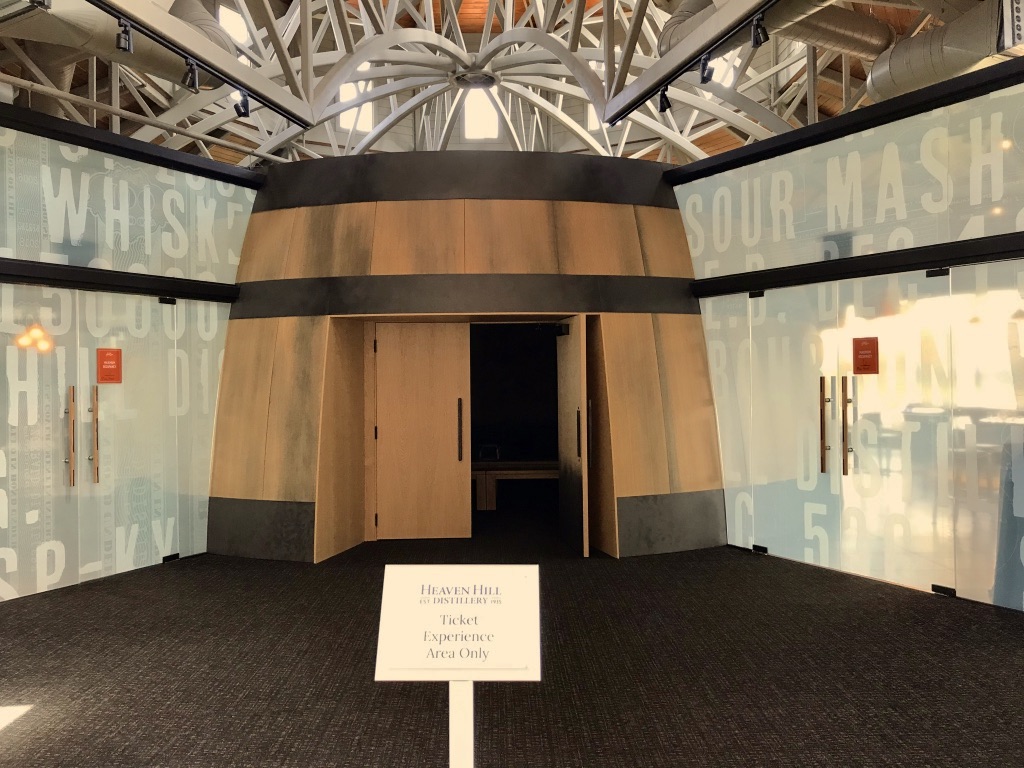
Woodford Reserve
Same with Woodford Reserve. This Brown-Forman brand begins construction on three new stills this coming November, doubling production. The company has also prepared for another post-pandemic trend, hiring additional staff to support an expanding ecommerce presence.
Woodford’s historic, scenic distillery in Versailles is already a traditional tourist stop. Pre-Covid, 200,000 people visited annually — or 1,500 per day. Among the green Kentucky hills and burbling stream that backstops this property is a huge gift shop with the swanky flare of a Manhattan store.
Experiments continue onsite, including Chinkapin oak barrels that are part of a future Distillery Series release.
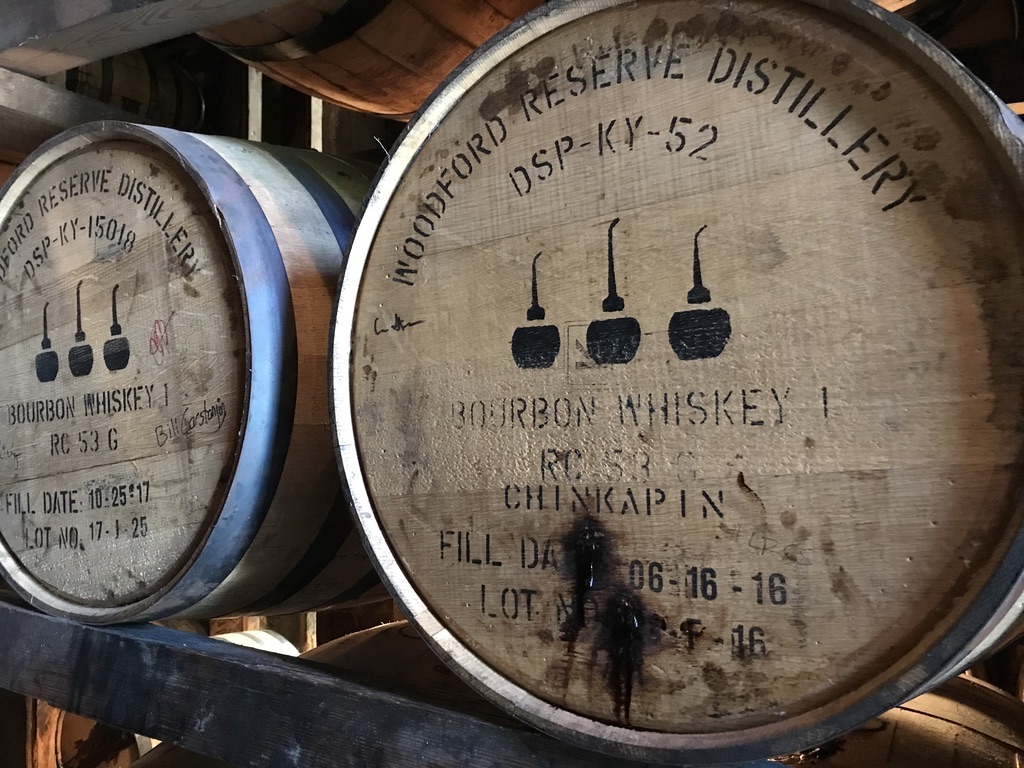
Bardstown Bourbon Co.
Built in 2016, Bardstown Bourbon Co. is the American dream. Founder Peter Loftin (who has since passed) was a telecom entrepreneur who made his first million before turning 20. His enormous, state-of-the-art distillery and warehouses — plus the collaborative distilling program onsite — speak to what’s possible in this country through work and innovation.
Already the seventh largest distillery in America, Bardstown produces 7.3 million proof gallons annually. This includes 30 independent brands in the collaborative distilling program, such as Jefferson’s, Kentucky Owl, Belle Mead and High West Campfire.
For its own releases, Bardstown is among a growing number of distilleries that prints mash bills on their labels. Under the guidance of Master Distiller Steve Nally, formerly of Maker’s Mark and Wyoming Whiskey, this distillery has laid down fleets of barrels for its flagship Origin Series, which will launch after turning six years old. (This includes opportunities for store pick single barrels.)
In the meantime, Bardstown releases contain younger whiskey mixed with sourced juice.
The facility counts eight warehouses, with a ninth under construction, and plans for five more on top of that. Capacity ranges from 24,000 barrels for the original warehouses to 58,000 in the new buildings.
The visitor center is a vast, modern space reminiscent of the chic lobby of a luxurious city hotel.
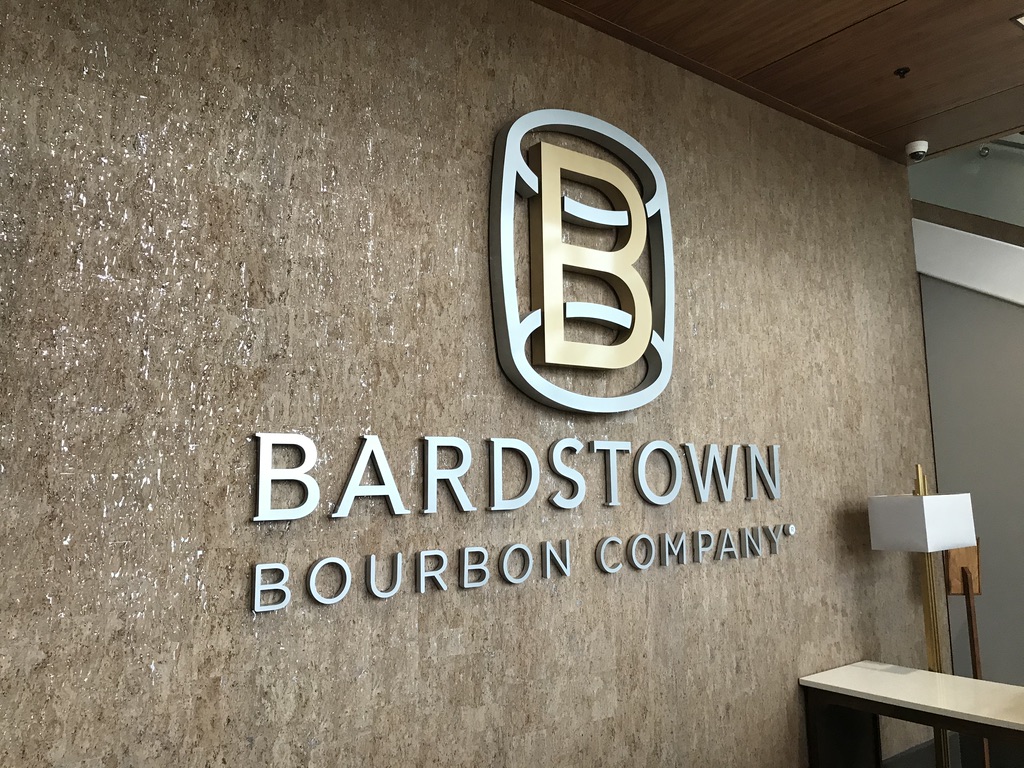
Rabbit Hole
From the outside, this Nulu distillery is mistakable for a modern art museum. Inside, a creative layout reveals all parts of the distilling process through glass windows built into the walls and floor. The distilling/mash cooking room, as previously described, is among the most unique spaces in the entire industry — a Picasso of whiskey production.
Rabbit Hole was already growing quickly before Pernod Ricard invested in 2019. The distillery now produces 1.5 million proof gallons annually, or 21,000 barrels. Warehouses are offsite: three steel structures 45 minutes away in Henry County. Plans are to build a new warehouse every year, as this brand taps into Pernod Ricard’s global distribution.
Production will increase, as well. The distillery will add three more fermentation tanks, raising daily production from 60-70 barrels to around 100.
Known for its creative use of malt, Rabbit Hole will release a double chocolate malt later this year. Future bottlings include three American single malts.
Rabbit Hole was among the first producers to print mash bills on their labels. Sharp-eyed consumers may have noticed that the mash bill has disappeared from the Dareringer brand. This sherry-finished bourbon is in the process of switching from sourced whiskey over to Rabbit Hole’s own distillate.
The rest of the portfolio has always been made onsite.
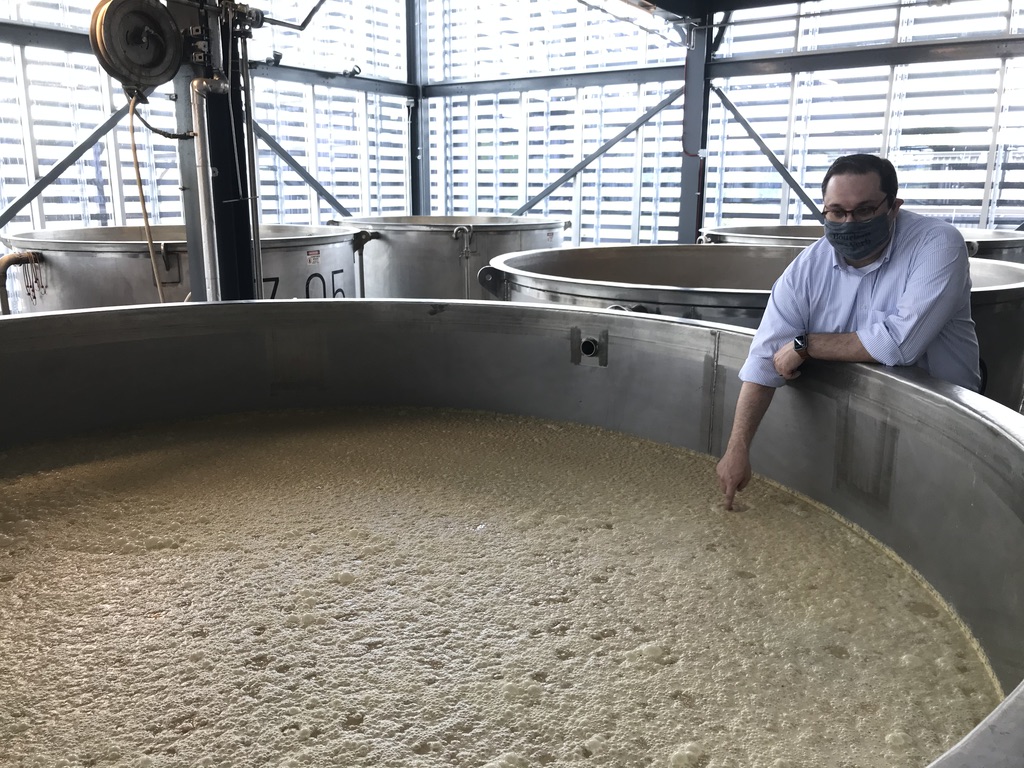
Starlight
A relatively short trip across the Ohio River, Starlight Distillery operates on a sweeping rural farm in Indiana. The largest sustainable farm in that state, Huber’s Orchard, Winery & Vineyards has remained in the same family for seven generations. Founded in 1843 by a German immigrant to grow brandy grapes, the farm today still produces brandy, while nurturing an array of crops and whiskey warehouses.
Ted Huber, sixth-generation owner, helped change Indiana distilling laws. Starlight Distillery opened in 2013, and now boasts a diverse cask selection across 4,000 barrels in three warehouses. Beverage alcohol retailers and whiskey clubs travel to this farmland to pick single barrels — which include eclectic finishes like wine, honey and single malt.
The young brand is already familiar for most whiskey nerds. Starlight put out 34 single barrels in 2019, 214 in 2020 and will be close to 300 in 2021.
Request a sample, and Ted’s son Christian, in his early 20s, leaps up the pallets like a rock climber scaling a wall. You can see his childhood spent in the distillery in Christian’s quick, confident ascent. So, too, in the distilling abilities already mastered by he and his brother Blake. This farm distillery remains in strong hands for the future, as legions of new whiskey fans discover and experience all that the Louisville area has to offer.
Kyle Swartz is editor of Beverage Dynamics magazine. Reach him at kswartz@epgmediallc.com or on Twitter @kswartzz. Read his recent piece 10 American Whiskey Trends in 2021.

